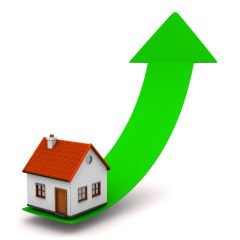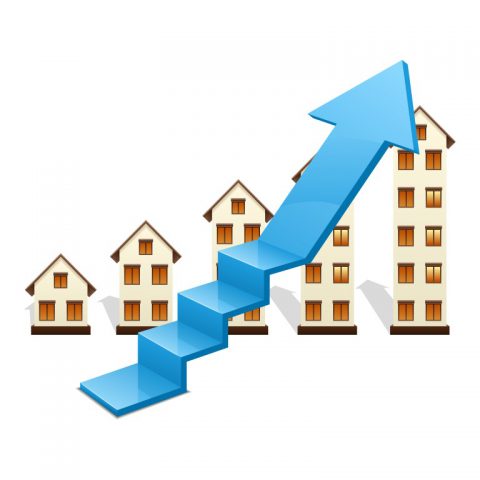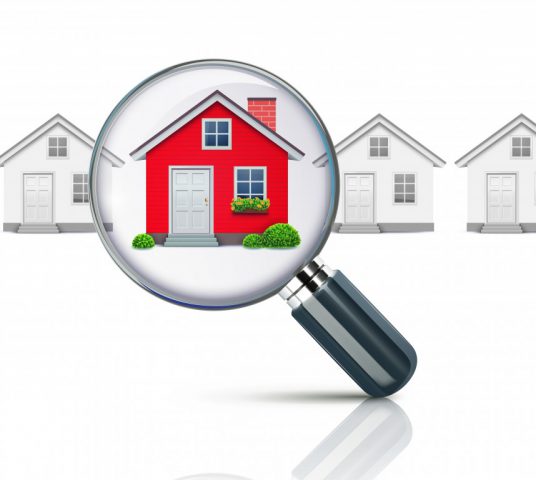Average property prices rise again in May
The average house price in England and Wales rose again during May to record yet another new high.
According to the new LSL house price index, house prices rose by 0.4% to now stand a record value of £277,178. This is the fourth price record set since the turn of the year. However, monthly price growth is still only one third of what it was twelve months ago.[1]
Annual rises
Annually, prices were up by 4.5%. London however does not hold the top spot for regional growth, instead lying in fourth behind the price rises in the North of England. Just a few months ago, price increases in the capital were topping annual figures, but it seems that other regions are beginning to see extended growth. One London borough, Kensington and Chelsea, recorded home values that were 16% down on their peak in Autumn 2014.[1]
Recovery
Despite monthly property price growth slowing to 0.4% in comparison to 1.2% recorded last May, Adrian Gill, director of Reeds Rains and Your Move, still feels that the recovery of the market is continuing.
Mr Gill noted that only four regions in England and Wales have house prices lower than they were in 2008. Positively, prices in these areas seem to be growing. For example, despite average property values in the North of England being 4% lower than they were pre-crisis, the region experienced the largest annual growth of recent months, rising from 2.3% in March to 3.6% in April.[1]
Rises in the North and South West and in the East Midlands are also increasing at a larger rate than those in the capital. Gill believes that, ‘this has knocked the capital back into fourth position in the rankings of regional house price growth over the past twelve months with the annual rise in London estimated to now be less than 12% of what it was in as of July last year and 2.4% in May 2015, down from 20.7% in the summer of 2014.’[1]
[1] http://www.propertywire.com/news/europe/england-wales-property-prices-2015061110616.html









